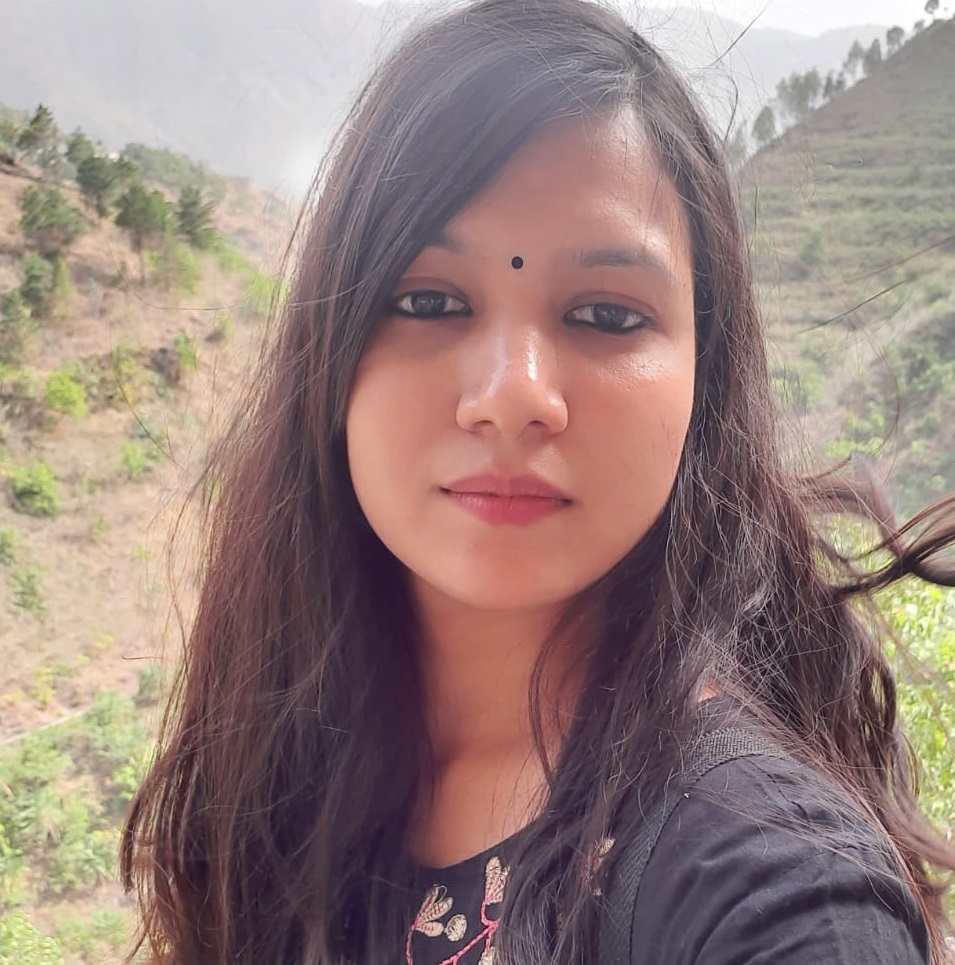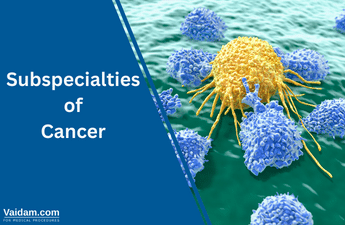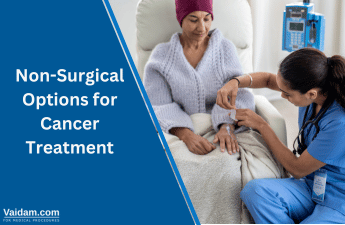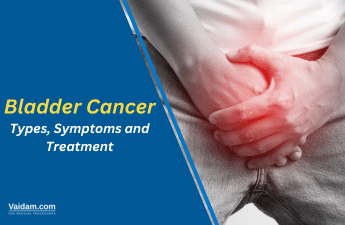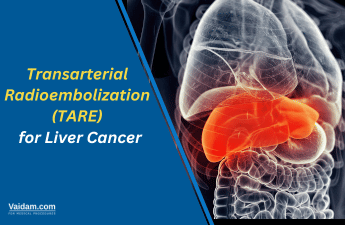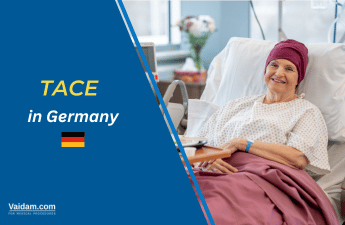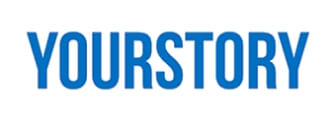
When it comes to the treatment of blood cancer, Germany has emerged as a leading destination for patients seeking the best possible care and outcomes. Renowned for its cutting-edge medical technology, world-class healthcare infrastructure, and a wealth of highly skilled medical professionals, Germany has established itself as a global hub for advanced cancer treatment.
With a strong emphasis on research, innovation, and personalized care, the country offers a ray of hope for individuals battling blood cancer.
Germany's multidisciplinary approach to cancer care, combining the expertise of hematologists, oncologists, radiologists, and other specialists, ensures a holistic and patient-centric treatment experience. The country's well-established clinical research programs also allow patients access to clinical trials and groundbreaking therapies, providing them with innovative treatment options and renewed hope.
The cost of blood cancer treatment (chemotherapy) in Germany is USD 1800 to USD 2200.
Get in Touch with Medical Experts
What is Blood Cancer?
Blood cancers, known as hematologic cancers, usually begin in the bone marrow, where blood is formed.
These types of cancers arise when abnormal blood cells start to grow uncontrollably, hindering the regular function of healthy blood cells responsible for fighting infections and generating new blood cells.
Types of Blood Cancer

-
Leukemia affects the blood and bone marrow. It happens when the body produces an excessive number of abnormal white blood cells, which causes a disruption in the production of red blood cells and platelets by the bone marrow.
What is the Prevalence of Leukemia in Germany?
In 2018, approximately 12,200 people in Germany were diagnosed with leukemia, of which just over 4% were under 15. The risk of developing leukemia decreases with age until age 30, after which it increases significantly, with a higher incidence rate in men than women.
One in 99 women and one in 75 men will develop leukemia in their lifetime. At around 37%, chronic lymphocytic leukemia (CLL) is the most common form.
-
Non-Hodgkin lymphoma develops in the lymphatic system from cells called lymphocytes. Lymphocytes, a type of white blood cell (WBC), aid the body in fighting infections.
-
Hodgkin lymphoma develops in the lymphatic system from cells called lymphocytes. Hodgkin lymphoma is characterized by an abnormal lymphocyte called the Reed-Sternberg cell.
-
Multiple myeloma begins in the blood's plasma cells, a WBC in the bone marrow.
Some less common forms of blood cancers or associated disorders include the following:
- Myeloproliferative neoplasms (MPNs) are rare blood cancers that occur when the body overproduces WBCs, red blood cells (RBCs), or platelets.
- Myelodysplastic syndromes (MDS), a rare condition, results from the damage to blood-forming cells in the bone marrow.
- Amyloidosis, a rare disorder, is characterized by the buildup of an abnormal protein called amyloid. It is not a form of cancer but is closely associated with multiple myeloma.
- Waldenstrom macroglobulinemia is a rare type of non-Hodgkin lymphoma that starts in B cells.
- Aplastic anemia occurs when the damaged key stem cells can only be treated with a bone marrow transplant.
What are the Symptoms of Blood Cancer?

Some common blood cancer symptoms include:
- Persistent fatigue, weakness
- Fever, chills
- Night sweats
- Unexplained weight loss
- Loss of appetite, nausea
- Bone/joint pain
- Headaches
- Abdominal discomfort
- Shortness of breath
- Swollen lymph nodes in the underarms, neck, or groin
- Itchy skin or skin rash
- Frequent infections
What Causes Blood Cancer?
Mutations cause blood cancers. The risk factors for blood cancer depend on the particular type of cancer.
The risk factors for developing acute myeloid leukemia (AML), the most common form of leukemia in adults, include:
- Smoking
- Advancing age
- Exposure to industrial chemicals such as benzene
- Exposure to high doses of radiation
- Gender (being male)
- History of other blood cancers
- History of cancer treatment
Risk factors for developing Hodgkin lymphoma include:
- Advancing age
- Family history of Hodgkin lymphoma
- History of infection with Epstein-Barr virus (EBV)
- Compromised immune system
- Gender (being male)
Risk factors for developing non-Hodgkin lymphoma include:
- History of autoimmune diseases (rheumatoid arthritis or lupus)
- Compromised immune system
- Exposure to certain herbicides, industrial chemicals, and insecticides
- Radiation exposure
- History of chemotherapy
Risk factors for developing multiple myeloma include:
- Advancing age
- Gender (being male)
- Obesity or extra body weight
What is the Standard Treatment of Blood Cancer in Germany?
Depending on the patient's age and the disease's specificities, the treatment regimen for acute myelogenous leukemia can vary significantly. Standard therapy includes two stages. The basis of treatment is chemotherapy.
- Induction: The goal of the treatment is to achieve remission, reducing the number of myeloblasts in the bone marrow to less than 5%, which is normal.
- Consolidation: This is the maintenance of remission as long as possible.
Chemotherapy is started as early as possible because the symptoms of the disease progress rapidly. Hematologists may change the treatment regimen occasionally to avoid resistance to the treatment. They often do this before the onset of signs of the ineffectiveness of chemotherapy.
Induction
Intensive chemotherapy is indicated for patients under 60 years old, but it is poorly tolerated by the elderly. The doses, regimens, and choice of drugs depend on the type of myeloid leukemia, which is determined by the red bone marrow examination results.
As a rule, the patient is prescribed two drugs. Sometimes, three medicines can be required at once. This increases the likelihood of achieving remission. In rare cases, the introduction of drugs using lumbar puncture is required. This is necessary if acute myeloid leukemia has spread to the central nervous system.
In parallel, maintenance therapy is carried out to eliminate symptoms and complications.
The patient may need the following measures:
- Blood transfusion
- Antibiotics for bacterial infection suppression (in case of myeloid leukemia, where immunity weakens).
- Growth factors, which stimulate the maturation of normal blood cells
- Fluid volume replacement (infusion therapy) in blood loss
In a week, the doctors perform the second biopsy of the red bone marrow. Most patients have remission after the first course of treatment. If it does not happen, other treatment options suggest:
- A second course of chemotherapy with a change in the regimen
- Stem cell transplantation (bone marrow transplantation)
Should the positive result be achieved, the treatment will not be completed. The patient requires maintenance therapy or otherwise, and the relapse may occur within a few months.
Consolidation
The next stage of treatment is maintenance therapy. It is aimed at the destruction of all remaining malignant cells. If the specialists fail to achieve it, at least they can prolong the patient's life expectancy.
Here are some of the consolidation options for patients under 60 years old:
- Several cycles of chemotherapy
- Allogeneic (from the donor) stem cell transplantation
- Autologous stem cell transplantation
Stem cell transplantation offers a better chance of recovery in comparison with chemotherapy. However, this type of therapy increases the risk of complications, including fatal ones.
The following consolidation options are provided for patients after 60 years old or debilitated patients with concomitant somatic pathologies:
- High doses of one drug
- Low doses, the use of a combination of 2 drugs
- Mini stem cell transplantation (transplantation of material without destruction of the patient's bone marrow)
If the doctor concludes that the transplantation is impractical or the patient refuses, chemotherapy may be complemented with targeted therapy. It also helps to reduce chemotherapy doses and improve treatment tolerance.
Selection of Treatment Methods
There can be different therapy regimens. The doses of chemotherapy drugs may be higher or lower. Additionally, targeted therapy may or may not be applied.
Stem cell transplantation can sometimes be performed as well. If it is indicated, different treatment options are possible (donor or patient's stem cells, mini-transplantation).
Leading Hospitals in Germany Providing Blood Cancer Treatment
- Freiburg University Hospital, Freiburg: The Medical Center is one of the largest hospitals in Europe. The Oncology Center was recognized as the "Leading Cancer Center in Germany" in 2016, and the Department of Oncology and Hematology was ranked among the top 4 cancer treatment centers in Germany.
- Charite University Hospital: The Charité University Hospital in Berlin is one of Europe's most reputed and largest university hospitals affiliated with Humboldt University and Free University Berlin. Charité treats more patients than any other university hospital in Germany, with 692,920 outpatient cases and 152,693 inpatient cases in a year.
- University Hospital Rechts der Isar: The hospital has had an impeccable reputation worldwide for over 185 years. The inpatient department treats around 60,000 patients, while the outpatient unit caters to about 250,000 patients, all receiving Germany's top-notch medical care.
Conclusion
While blood cancer is challenging to treat, the advancements and expertise offered by German medical institutions provide hope for patients seeking the most effective treatment options. By considering the options available in Germany, individuals facing blood cancer can access world-class care, innovative therapies, and compassionate support that can make a significant difference in their treatment outcomes.
From targeted therapies and immunotherapies to stem cell transplantation and precision medicine, Germany's commitment to advancing medical science has paved the way for more effective and tailored treatment approaches.

